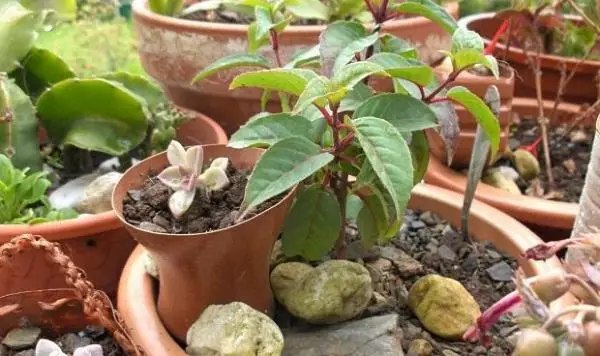Although the word may still be strange to some, cutting does not mean anything other than to carry out a process of asexual reproduction of the plants through which a small part of the mother plant is separated to create a new specimen.
However, you can carry out this technique in very different ways … So that you don’t get lost, here we leave you some of the most common techniques and show the different types of plant cuttings.
The different types of cuttings
- Leaf: it is a matter of cutting a leaf with a petiole and burying this last part in the ground; do not trust yourself, because, in reality, it is more difficult than it seems at first glance. The new issue may take about a month and a half to appear.
- Leaf and stem: it is similar to the previous one, only this time a piece of the stem is cut with the axillary bud of a leaf. The development process for the new specimen can last from a few weeks to a few months.
- Young: they are taken from the youngest plants that have not yet developed the lignification process; They should be done in spring or summer when once cut new stems will quickly grow. It is one of the fastest systems and is carried out in coniferous, perennial, and semi-shrubby plants.
- Semi-woody: they also belong to the youngest stems and are often used with coniferous plants, deciduous or evergreen shrubs, heather, and climbing plants. The best time to extract ourselves is from mid-summer to autumn.
- Woody: they are part of the most mature stems, so it is best to do them in the cooler times of the year (it does not have to be the middle of winter). These cuttings take more than 6 months to root and are used on deciduous trees, perennials and shrubs.
- From the roots: it consists of removing pieces of roots or shoots from the superficial roots (suckers) and burying them in a mixture of peat and sand. It is good for fleshy root herbaceous plants and some trees and shrubs.
Types of plant cuttings

One thought on “Types of plant cuttings”